If you've searched for "chile pasillo," you're likely encountering a common confusion. The term "chile pasillo" is actually a frequent misspelling of "pasilla," a dried chile pepper widely used in Mexican and Central American cuisine. This article clarifies the truth behind the confusion and provides accurate information about pasilla peppers—what they are, how to use them, and why this distinction matters for authentic cooking.
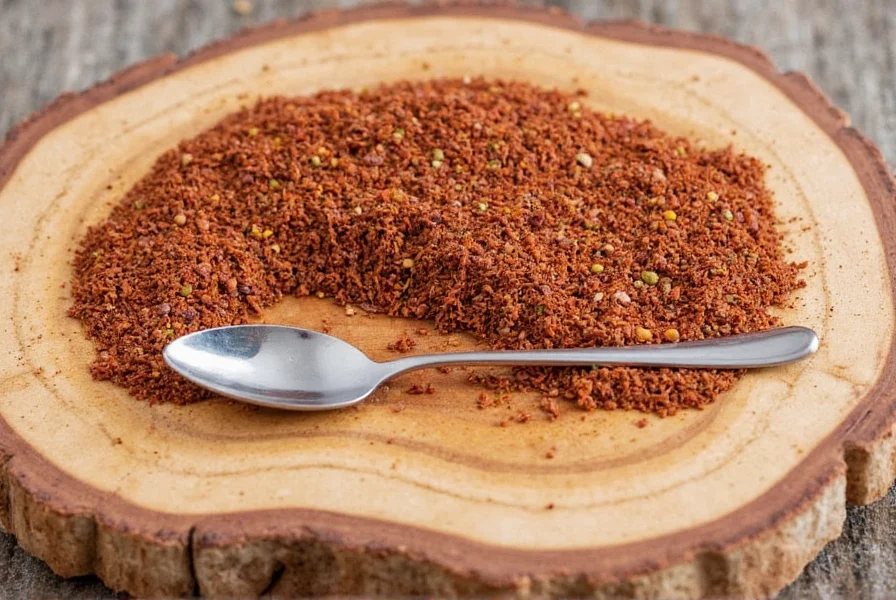
Table of Contents
- What Is Pasilla (Not Pasillo)?
- Flavor Profile & Heat Level
- Where Is It Used?
- Buying Guide: Choosing Authentic Pasilla
- 5 Practical Cooking Tips You'll Love
- Comparing Pasilla with Other Dried Chiles
- Tasty Recipes to Try
- Frequently Asked Questions
- Final Thoughts
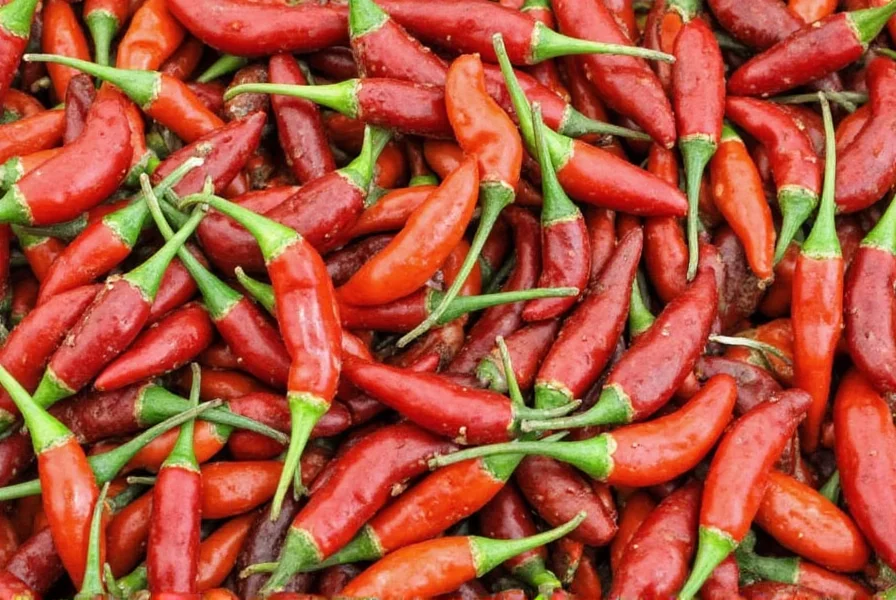
What Is Pasilla (Not Pasillo)?
The term "chile pasillo" is a common misspelling of "pasilla," which refers to the dried form of the chilaca pepper. Native to Mexico, pasilla peppers are dark brown to black when dried, with a long, slender shape. Despite the name "pasilla" (meaning "little raisin" in Spanish), they are not related to raisins but get their name from their wrinkled appearance and sweet, raisin-like flavor when dried.
Important clarification: "Chile pasillo" is not a recognized variety. The confusion arises because "pasillo" (meaning "hallway" in Spanish) is often mistakenly typed instead of "pasilla." This article corrects that misconception and provides accurate information about the actual pasilla pepper.
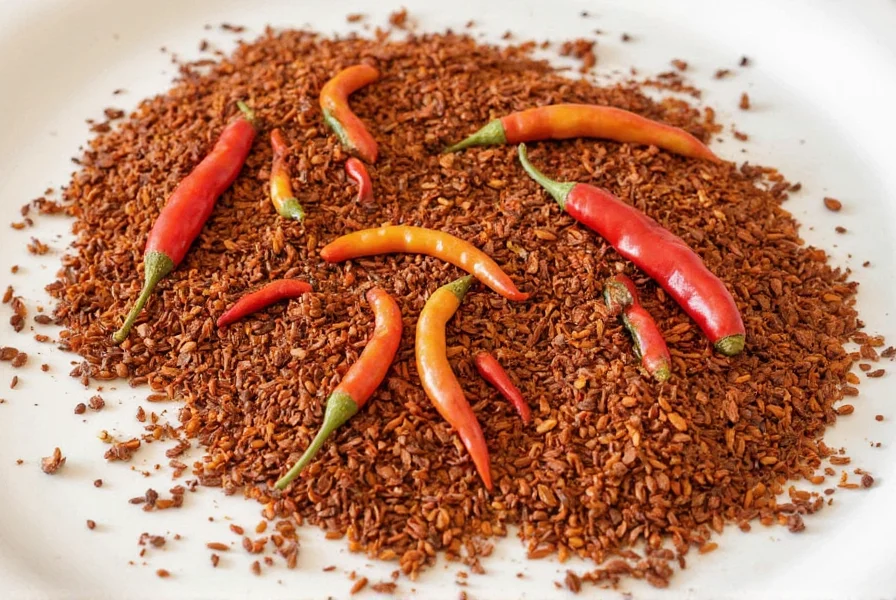
Flavor Profile & Heat Level
Pasilla peppers are mild to medium in heat (1,000–2,500 SHU) but are prized for their complex flavor profile. They offer deep, earthy notes with hints of raisin, cocoa, and tobacco, making them ideal for moles, sauces, and stews. Unlike the incorrectly described "chile pasillo" (a dried red bell pepper), true pasilla has no connection to bell peppers and is a distinct variety of chilaca.
| Characteristic | Description |
|---|---|
| Heat Level | Mild to Medium (1,000–2,500 SHU) |
| Color | Dark brown to black when dried |
| Texture | Thin, wrinkled skin |
| Flavor Notes | Earthy, raisin-like, smoky, subtle cocoa undertones |
Where Is Pasilla Used?
Pasilla is a cornerstone of Mexican cuisine, especially in:
- Mole sauces: Essential for complex, rich flavors in dishes like mole poblano.
- Salsas and adobos: Adds depth to marinades for meats and vegetables.
- Chile con carne and stews: Provides a balanced, non-spicy heat with rich flavor.

Buying Guide: Choosing the Best Pasilla
When purchasing pasilla peppers, avoid products labeled "chile pasillo"—this is a misspelling. Look for these features:
What to Look For:
- Dark color: True pasilla should be deep brown or black, not red or orange.
- Smooth texture: Should feel dry and leathery, not brittle or moist.
- Authentic labeling: Check for "pasilla" or "chile pasilla" (though "pasilla" is correct; "pasillo" is incorrect).
- Origin: Look for Mexican-grown peppers for authenticity.
Where to Find Them:
- Mexican grocery stores: Most reliable source for authentic pasilla.
- Online retailers: Brands like La Costeña or El Yucateco often carry pasilla.
- Specialty spice shops: Ensure they correctly label it as "pasilla," not "pasillo."
Storage Tips:
- Store whole peppers in an airtight container away from light and moisture.
- Grind only what you need—powder loses potency quickly.
- Keep in a cool, dark pantry for up to 1 year.
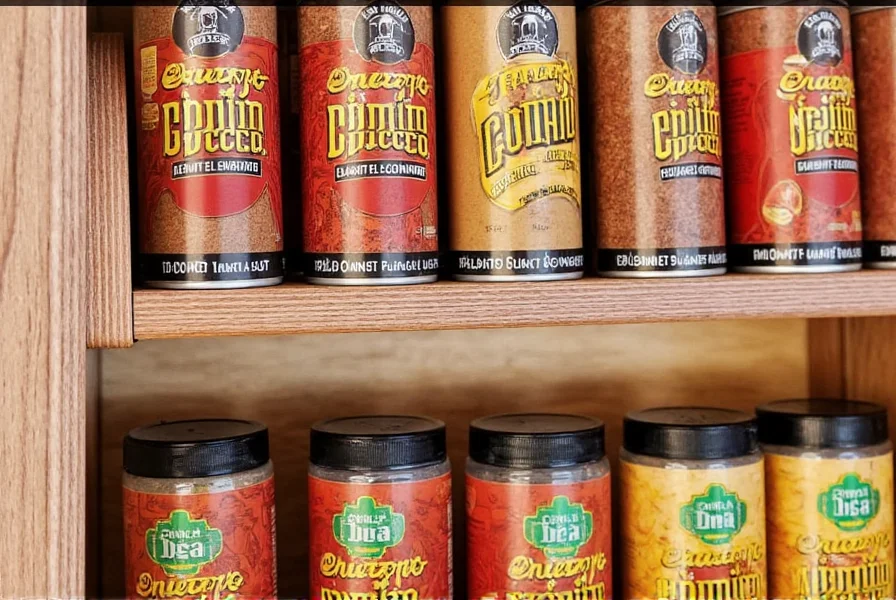
5 Practical Cooking Tips You'll Love
- Toast before use: Lightly toast dried pasilla in a dry skillet to enhance its smoky, raisin-like notes.
- Rehydrate properly: Soak in hot water for 15–20 minutes before blending into sauces for optimal texture.
- Pair with chocolate: Pasilla's natural cocoa undertones pair perfectly with dark chocolate in mole sauces.
- Use in marinades: Blend rehydrated pasilla with garlic, vinegar, and spices for tenderizing meat.
- Combine with other chiles: Mix with ancho or guajillo for balanced heat and complexity in sauces.

Comparing Pasilla with Other Dried Chiles
| Chile Variety | Heat Level (SHU) | Flavor Notes | Common Uses | Key Differences |
|---|---|---|---|---|
| Pasilla | 1,000–2,500 | Earthy, raisin-like, smoky | Mole sauces, stews, salsas | Distinct from "pasillo"—a common misspelling |
| Ancho | 1,000–2,000 | Sweet, fruity, mild | Enchiladas, chili, adobo | Dried poblano; sweeter than pasilla |
| Guajillo | 2,500–5,000 | Tangy, berry-like | Salsas, marinades, tacos | Higher heat; more acidic |
| Chipotle | 2,500–8,000 | Smoky, spicy | BBQ sauces, soups, rubs | Smoked jalapeño; much hotter |
| Poblano (fresh) | 1,000–2,000 | Mild, earthy | Chiles rellenos, stuffed peppers | Fresh version of ancho; not dried |
Tasty Recipes to Try
1. Authentic Mole Poblano
- Ingredients: 4 pasilla chiles, 2 cups tomatoes, 1/2 cup almonds, 1/4 cup sesame seeds, 1 cinnamon stick, 1 tsp cumin.
- Method: Toast and rehydrate pasilla, blend with other ingredients, simmer for 30 minutes. Serve over chicken.
2. Pasilla-Infused Beef Stew
- Ingredients: 2 lbs beef chuck, 2 pasilla chiles, 1 onion, 3 garlic cloves, 2 cups beef broth.
- Method: Sear beef, sauté aromatics, add rehydrated pasilla and broth. Simmer 2 hours until tender.
3. Pasilla Chocolate Hot Sauce
- Ingredients: 2 pasilla chiles, 1 cup vinegar, 1/4 cup honey, 1 oz dark chocolate, 1 clove garlic.
- Method: Blend rehydrated pasilla with other ingredients. Simmer 10 minutes. Perfect for tacos or grilled meats.
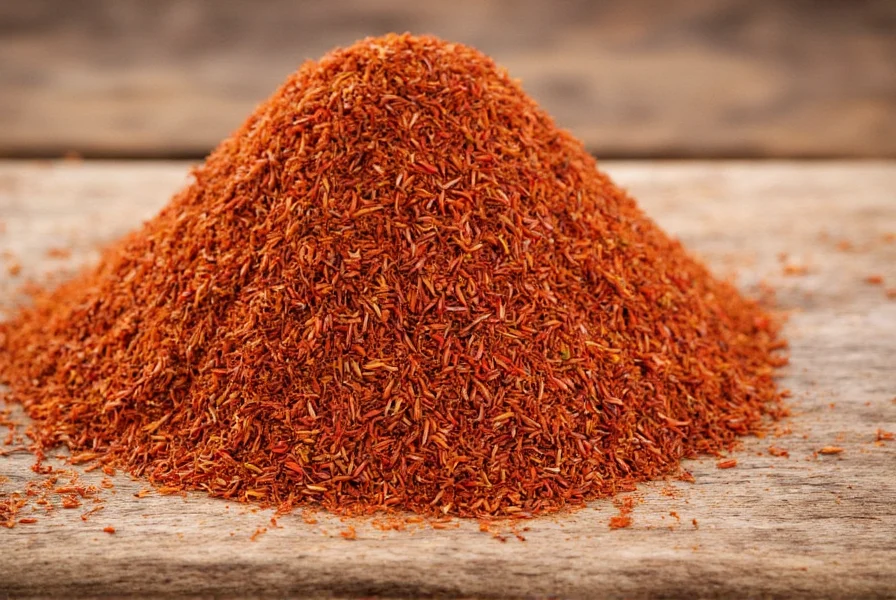
Frequently Asked Questions
Is "chile pasillo" a real pepper?
No, "chile pasillo" is not a recognized pepper variety. It is a common misspelling of "pasilla," which refers to dried chilaca peppers. Always look for "pasilla" on labels to ensure authenticity.
How is pasilla different from ancho or guajillo?
Pasilla (dried chilaca) has deeper earthy and raisin-like notes compared to ancho (dried poblano, sweeter and fruitier) and guajillo (tangy and brighter). Pasilla is essential for complex moles, while ancho is better for milder dishes like enchiladas.
Where can I find authentic pasilla peppers?
Look for "pasilla" (not "pasillo") at Mexican grocery stores, specialty spice shops, or reputable online retailers like Amazon or MexGrocer. Avoid products labeled "chile pasillo"—this indicates a misspelling or misinformation.
Can I substitute pasilla if I can't find it?
Yes, but with flavor differences. Use ancho for sweeter dishes or guajillo for more acidity. For mole sauces, a 50/50 mix of ancho and guajillo works well. Avoid using "pasillo" as a substitute—it's not a real ingredient.
Why do people confuse pasilla and pasillo?
"Pasillo" means "hallway" in Spanish, while "pasilla" means "little raisin." The confusion likely stems from similar pronunciation and misspellings. Always verify the correct spelling to ensure you're getting the right pepper.
Final Thoughts
Understanding the difference between "pasilla" and the misspelled "pasillo" is crucial for authentic cooking. Pasilla peppers bring a unique depth to Mexican cuisine that can't be replicated by other chiles. By using the correct terminology and sourcing authentic ingredients, you'll elevate your dishes and avoid common pitfalls.
Next time you're in the market for dried chiles, remember: "pasilla" is the right term. Skip the misspelled "pasillo" and embrace the rich, complex flavors of this misunderstood pepper.
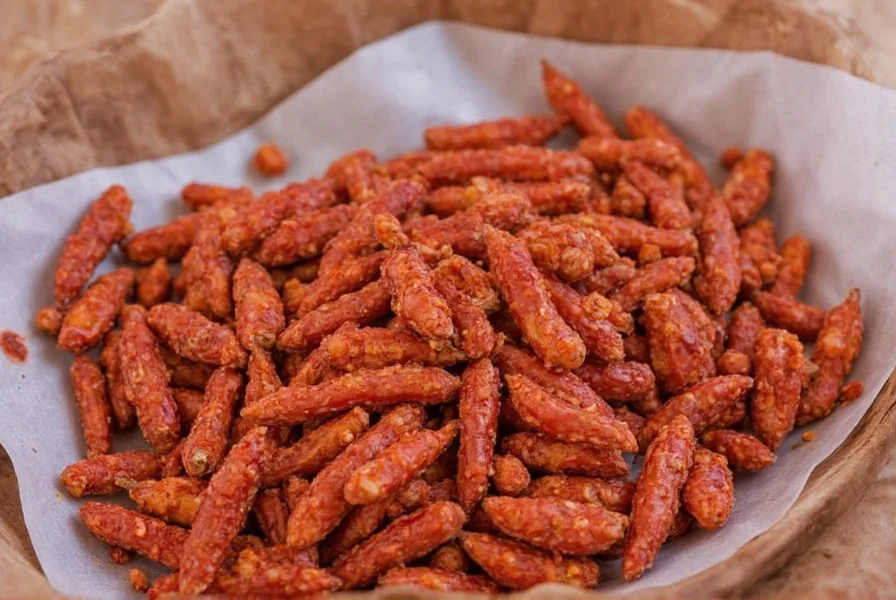
Ready to master authentic Mexican cooking? Share your pasilla recipes in the comments below!

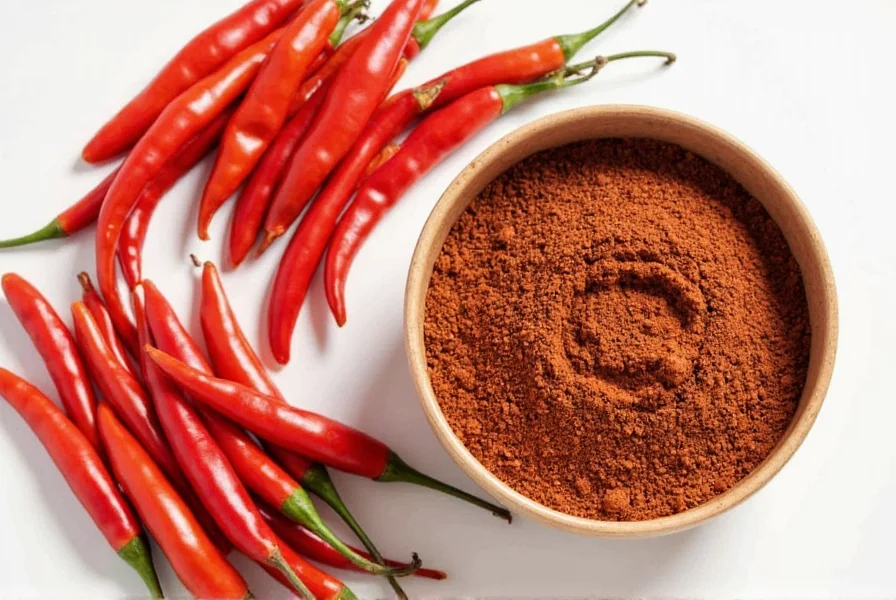









 浙公网安备
33010002000092号
浙公网安备
33010002000092号 浙B2-20120091-4
浙B2-20120091-4